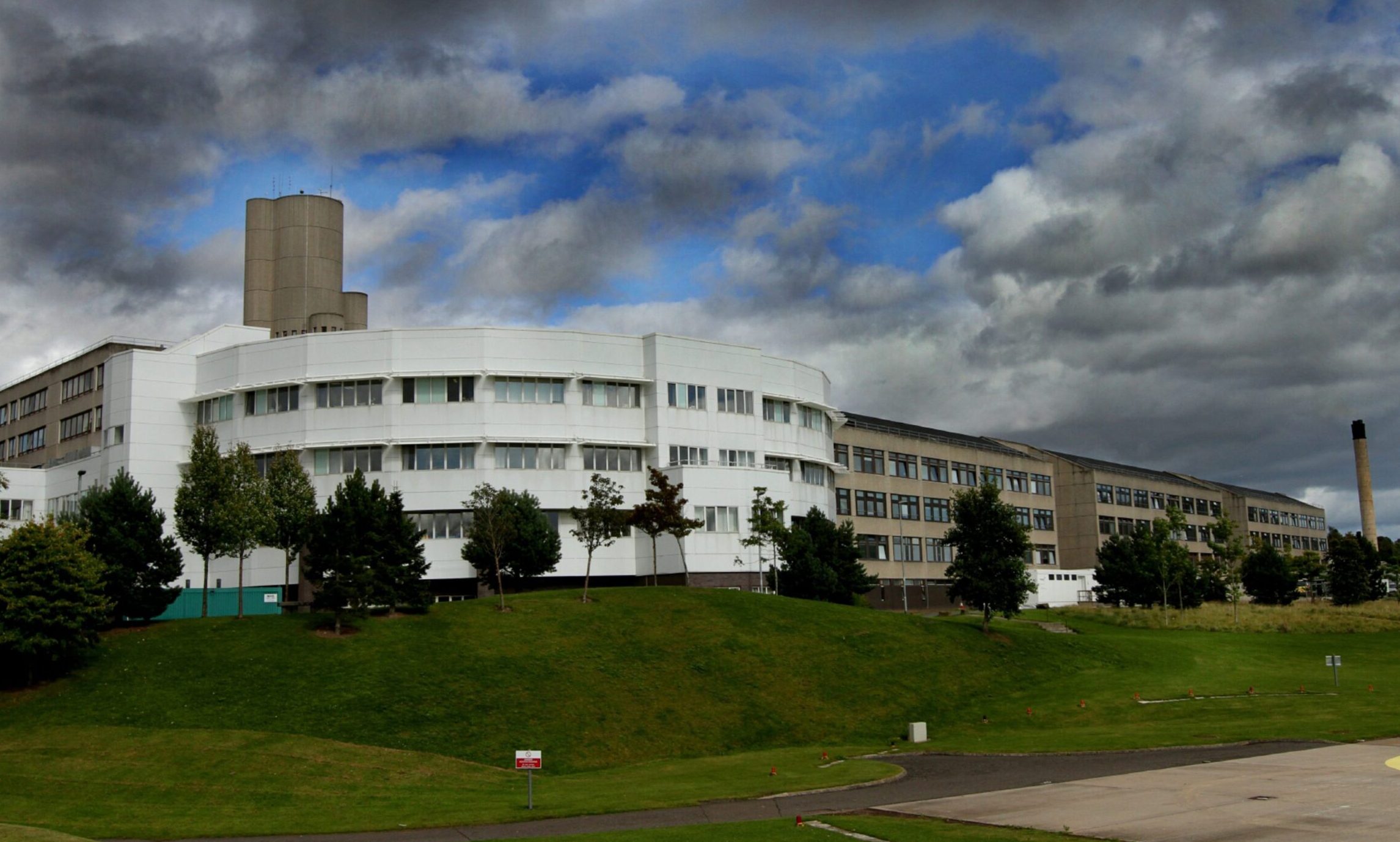As the Royal Botanic Garden in Edinburgh (RBGE) celebrates its 350th anniversary this year, the organisation has paid tribute to an Angus man who played a key role in the development of the garden and made a significant contribution to botany.
George Don was born in 1764 and settled in Forfar with his wife Caroline, in 1799, and set up a market garden.
As well as fruit and vegetables, he also grew a range of plant specimens which he sent to customers across the UK and his gardens were said to have rivalled Chelsea, boasting the best range of hardy plants in Britain.
Don spent much of his free time exploring the Angus glens and is believed to be the first botanist to extensively explore the Scottish highlands.
In Angus alone, he discovered and catalogued a wide range of mosses and liverwort plants.
In 1802, Don and his family moved to Edinburgh when he was appointed to the post of Principal Gardener at RBGE, which at the time were situated at Leith.
His accommodation, a grand, Adams-designed cottage is still used today for education and charitable purposes after it was moved, brick-by-brick, to its current location at RBGE in Arboretum Place in the capital.
In 1806, personal friction with the then Regius Keeper, the restrictions of city life and the challenge of keeping a large family, he had 14 children, on an annual stipend of £40, saw Don resign and move his family back to Angus.
Don’s work was ahead of its time – by 1802 he was reporting species extinction and warned about the negative impact on some species as a result of agricultural improvement.
His writings, some containing pressed specimens, carefully described and catalogued, remain hugely important and can found in the archives of Oxford University and RBGE.
Don died in 1814, but two of his sons, George and David became eminent botanists in their own right and popular gardening TV personality, Monty Don is believed to be a relative.
In Forfar today, Don and his fellow notable botanists from the area are celebrated with a memorial garden near the town centre and a street is named after him.
Regius Keeper Simon Milne said: “The significant contribution that George Don made, not only to our understanding of botany, but also to the development of RBGE cannot be underestimated.
“The Royal Botanic Garden Edinburgh now works in over 35 countries, working with partners to help tackle the interrelated challenges of climate emergency and biodiversity crisis.
“We retain a strong focus on research, conservation and outreach programmes in Scotland, including our rare plants programme, all of which would have been well known to George Don
“As George Don noted, Scotland is home to a globally significant diversity of cryptogamic plants – mosses and liverworts – and is a nation of fabulous ecological contrasts.
“My home county is Angus, known as Forfarshire in the time of Don, has an enviable diversity of habitats, ranging from the Angus Glens to Montrose Basin and I regularly walk in the footsteps of Don in the hills, bogs and glens of the county.
“Today due to the Covid-19 emergency my nature observations are restricted to my doorstep, but I am privileged to live in a very biodiverse area, and in my spare time am looking much more closely at what is in my own garden – from primroses, kingfishers and wood garlic to badgers, wood anemones and red squirrels, and I look forward to sharing some of these observations in a new Botanics podcast.”












